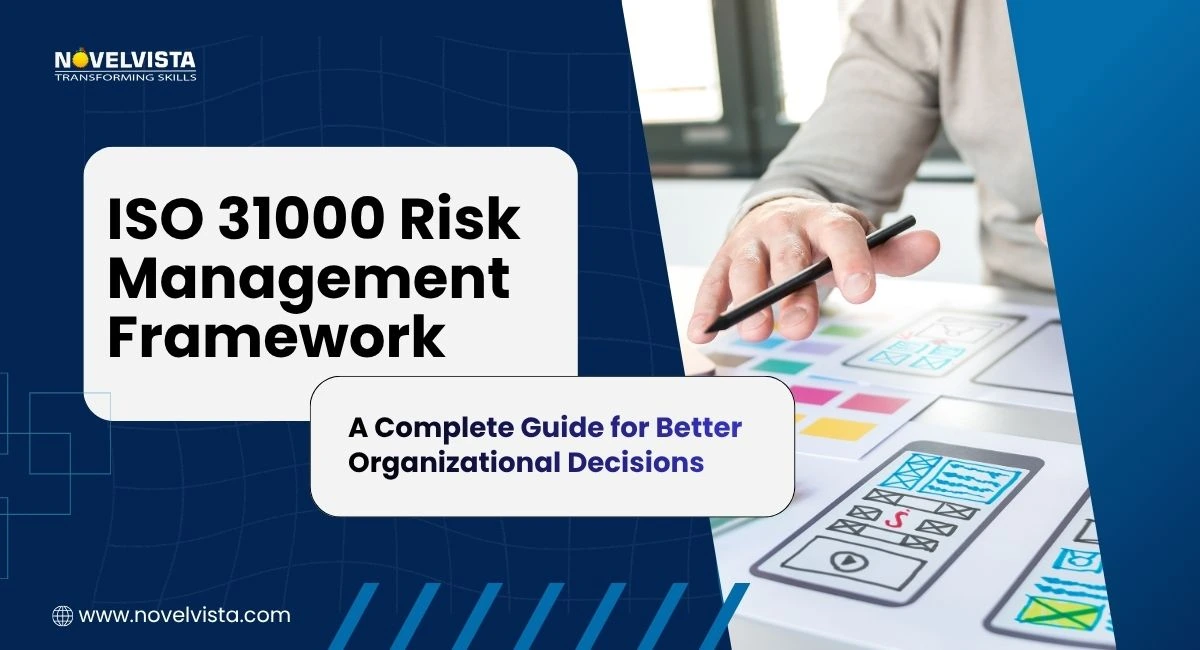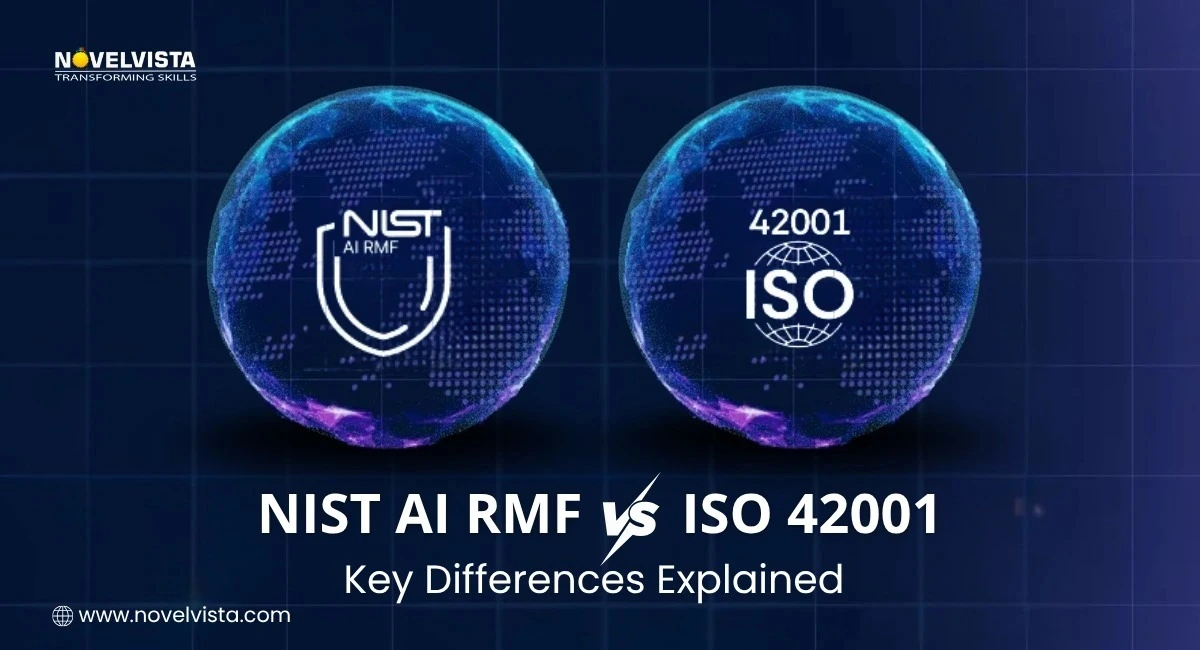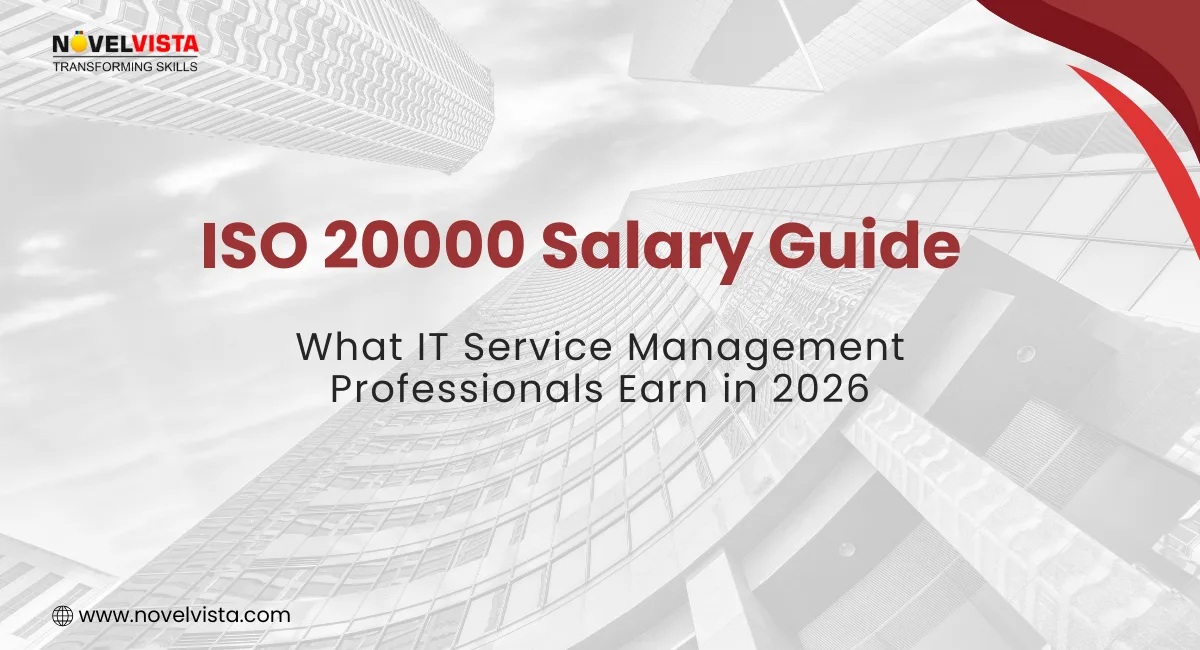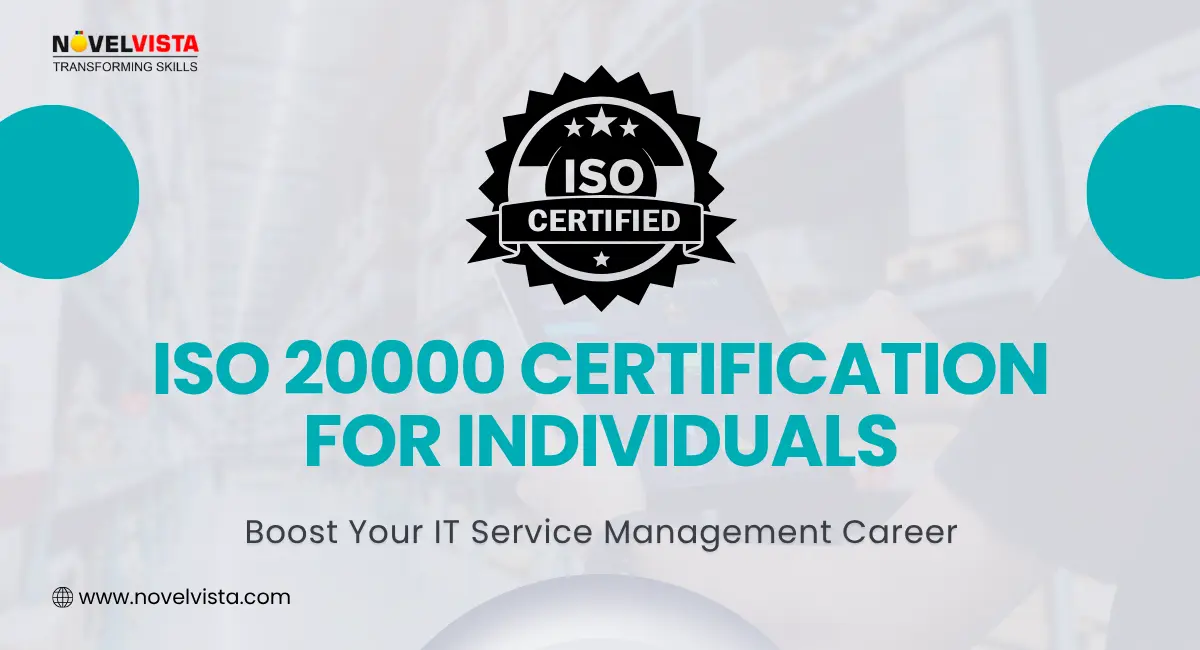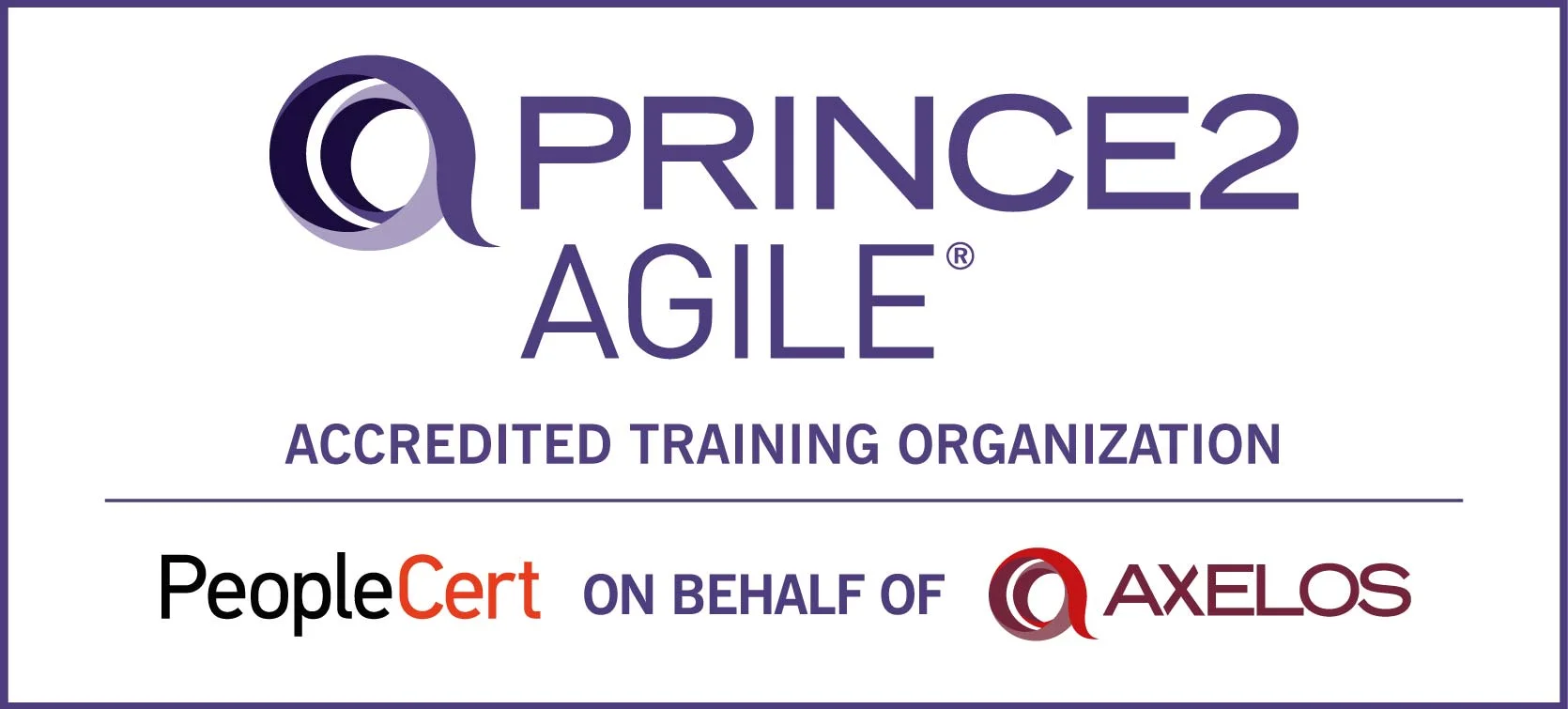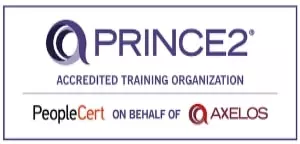- What is ISO 31000:2018? A Simple Explanation
- Key Components of ISO 31000 Framework
- ISO 31000 Principles
- ISO 31000 Risk Management Framework
- Real-World Application
- Risk Management Process: Step-by-Step Guide to Applying ISO 31000
- Implementing the ISO 31000 Framework in Your Organization
- Challenges in Implementing ISO 31000
- Benefits of Using the ISO 31000 Framework
- Conclusion
Risks don’t send invitations — they just show up. A sudden compliance update, a supply chain breakdown, a major client issue, or a cybersecurity scare… it only takes one gap to shake the whole system. That’s when most teams realize something is missing: a clear, reliable way to manage uncertainty before it turns into damage.
That’s exactly where the ISO 31000 risk management framework steps in. Instead of scattered checklists or “we’ll handle it when it happens” thinking, it gives organizations a structured, practical, and globally trusted way to deal with risks every single day.
In this guide, you’ll get a simple breakdown of what ISO 31000:2018 really is, how its principles and framework work, how the process flows step-by-step, the common challenges teams face during implementation, and how companies turn risk management into a solid part of their culture. By the end, you’ll know exactly how to apply it in your own environment without the confusion that usually comes with risk frameworks.
What is ISO 31000:2018? A Simple Explanation
ISO 31000:2018 is an international guidance standard that provides organizations with a structured approach to managing risks. It’s designed to be broadly applicable, supporting all types of organizations, small, medium, or large, across any sector. Rather than being prescriptive, it offers recommendations and best practices for integrating risk management into business processes and strategy.
Key characteristics of the ISO 31000 framework include:
- Broad applicability – Usable in any sector, industry, or organizational structure.
- Guidance standard – Offers advice, not mandatory rules, for risk management implementation.
- Integration focus – Encourages embedding risk management into governance, strategy, and operations.
- Proactive approach – Identifies, assesses, and treats risks before they escalate into problems.
- Adaptability – Flexible enough to be tailored to specific organizational needs, culture, and objectives.
Key Components of ISO 31000 Framework
The ISO 31000 risk management framework is structured around three main components, each supporting the other to ensure effective risk governance:
1. Principles: These are the foundational elements that guide how risk is integrated into the organization’s culture and processes. They provide the mindset and approach for embedding risk management into all business activities.
2. Framework: The ISO 31000 risk management framework defines how risk management is structured and controlled. It includes leadership commitment, policies, clearly assigned roles and responsibilities, and appropriate allocation of resources. This ensures the organization can implement risk management effectively and consistently.
3. Process: A systematic approach for managing risks, the process includes:
- Establishing context
- Risk assessment
- Risk treatment
- Monitoring and review
- Communication and consultation
Together, these components form a risk management framework ISO 31000 that is proactive, integrated, and adaptable, making risk management a part of everyday organizational decision-making.
Unlock the 8 ISO 31000 Principles Toolkit
Go beyond theory.
Get checklists and templates to apply all 8 ISO 31000 principles directly in your risk framework.
ISO 31000 Principles
The principles are designed to ensure that risk management is effective, sustainable, and embedded into the organization’s DNA. They include:
- Integration – Risk management should be part of all organizational activities and decisions.
- Structured and Comprehensive – A consistent and systematic approach ensures reliable outcomes.
- Customized – Tailored to organizational context, objectives, and culture for maximum relevance.
- Inclusive – Engaging stakeholders provides diverse perspectives and enhances buy-in.
- Dynamic – The approach must adapt to changes in the internal and external environment.
- Best Available Information – Decisions are based on the most accurate and timely data.
- Human and Cultural Factors – Considers behaviors, values, and attitudes that affect risk management.
- Continual Improvement – Processes should evolve based on lessons learned, feedback, and new risks.
It ensures that risk management is not just a process, but a cultural approach that strengthens decision-making across the organization.
For a detailed explanation of each principle, check our blog on ISO 31000 Principles.ISO 31000 Risk Management Framework
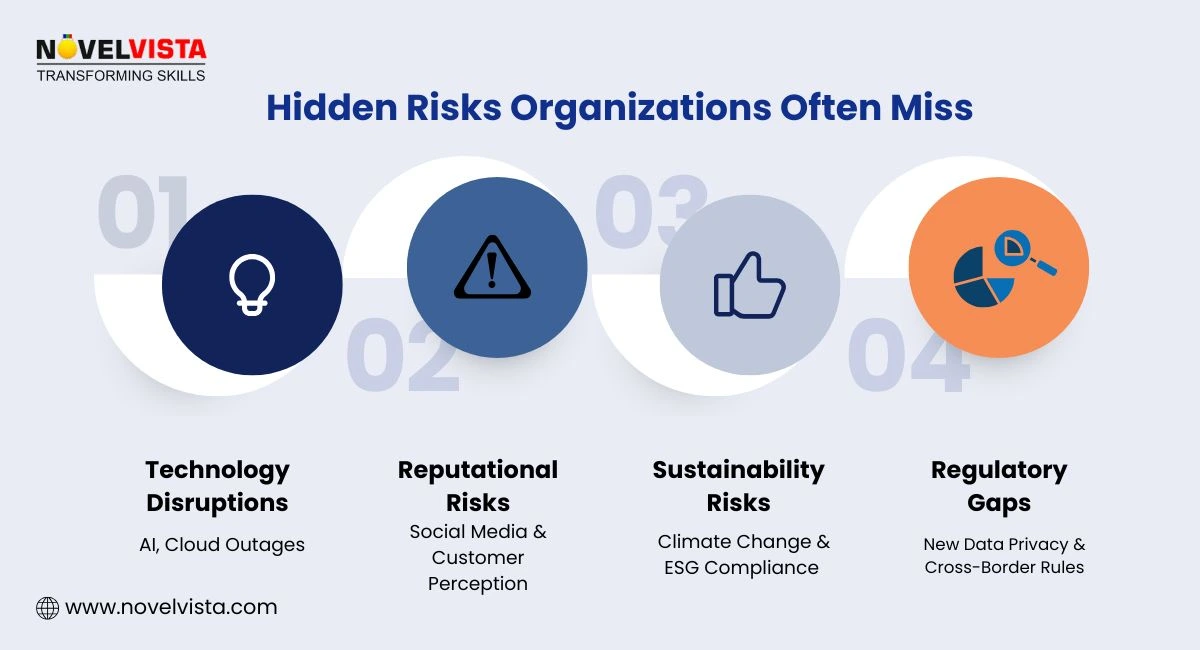
- Leadership & Commitment: Top management must stay actively involved, provide direction, and make risk management a priority. Their support sets the tone for the entire organization and ensures teams take risk activities seriously instead of treating them as optional tasks.
- Policy: A formal risk management policy should be created, approved, and shared across the organization. It must explain the purpose, scope, responsibilities, and expectations so everyone clearly understands how risk will be identified, assessed, and managed.
- Objectives: Clear and measurable risk management objectives should be defined to guide actions and priorities. These objectives help teams stay aligned, track progress, and ensure the framework supports overall business goals rather than becoming a standalone activity.
- Resources: The organization must allocate sufficient resources, including skilled people, tools, time, and budget. Without proper resources, risk management cannot function effectively, leading to gaps in identification, assessment, and follow-through.
- Communication: Consistent and open communication with stakeholders is essential. It ensures everyone understands risks, actions being taken, and expected outcomes. Transparent communication also improves trust and supports quicker decision-making when risks escalate.
- Integration: Risk management should be woven into everyday processes like strategic planning, project decisions, operations, and governance. When integrated smoothly, it becomes a natural part of workflows instead of an additional or isolated task.
- Culture: Risk awareness should be encouraged throughout the organization by promoting accountability, transparency, and responsible behavior. A strong culture helps employees identify risks early and speak up without hesitation, reducing surprises and improving overall resilience.
Real-World Application
Many multinational organizations, including banks, healthcare providers, and manufacturing giants, have leveraged ISO 31000 to proactively manage operational and strategic risks.
For example, a leading global bank integrated principles into its internal audit and risk assessment processes, resulting in a 30% reduction in operational losses and faster response to emerging threats. Sharing such experiences demonstrates how ISO 31000 translates from theory to measurable business outcomes.
Risk Management Process: Step-by-Step Guide to Applying ISO 31000
The risk management process ISO 31000 provides a structured approach to handling uncertainty:
- Establish the Context: Understand internal and external environments, objectives, stakeholders, and risk criteria. This forms the foundation for assessing risks.
- Risk Assessment:
- Identification: Spot potential risks from operations, strategy, or environment.
- Analysis & Evaluation: Assess likelihood and impact, then prioritize based on severity.
- Identification: Spot potential risks from operations, strategy, or environment.
- Risk Treatment: Choose the best strategy:
- Avoid: Eliminate the risk entirely.
- Reduce: Minimize likelihood or impact.
- Transfer: Shift risk to a third party (e.g., insurance).
- Accept: Monitor if risk is within tolerance.
- Monitoring and Review: Continuously track risk metrics, incidents, and control effectiveness to adapt to changes.
- Communication and Consultation: Engage stakeholders to ensure transparency, informed decision-making, and shared understanding of risks.
For a detailed step-by-step guide, see our blog about the ISO 31000 Risk Management Process.
Implementing the ISO 31000 Framework in Your Organization

- Get Familiar with the ISO 31000 Series and Align Leadership: Start by ensuring your leadership team and key stakeholders understand the core ideas of the ISO 31000 framework. Its principles, structure, and process flow. When leaders are aligned, risk management becomes easier to adopt and support across the organization.
- Develop a Clear Risk Management Policy: Create a simple but strong policy that explains how your organization approaches risk. Share it widely and make sure it’s part of everyday decision-making. This helps teams understand expectations and encourages consistent risk-based thinking.
- Build the Framework and Identify Key Risks: Set up the roles, responsibilities, and resources needed for the risk function. Then begin identifying risks using practical tools like team discussions, past incident reviews, and market observations. Capture all risks in a register with brief notes on impact and likelihood.
- Assess Risks and Plan Treatments: Evaluate which risks need attention by reviewing how likely they are and how much they could affect objectives. For the major risks, choose suitable treatments — reducing, avoiding, transferring, or accepting them. Assign owners and ensure the right support is available to act on these plans.
- Monitor, Review, and Keep Records Updated: Track how well your risk actions are working and stay alert to new or evolving risks. Keep documentation organized, including assessments, decisions, and actions taken, so leadership gets clear and consistent updates.
- Communicate and Consult Regularly: Stay connected with internal teams and external stakeholders. Regular discussions build trust, reduce confusion, and help everyone stay aware of changes in the risk environment and how the organization is responding.
- Promote a Risk-Aware Culture and Conduct Periodic Checks: Encourage employees to share concerns early and participate in risk-related activities. Over time, this builds a culture where risks are noticed and addressed sooner. Conduct periodic reviews or audits to ensure the framework stays aligned with business goals and continues improving.
Challenges in Implementing ISO 31000
Challenge |
Short Explanation |
Solution |
Cultural Resistance |
Teams may see risk work as added effort. |
Build awareness and show how it supports goals. |
Process Integration |
Hard to fit ISO 31000 into existing workflows. |
Map current processes and integrate step-by-step. |
Resource Gaps |
Lack of tools, skills, or budget slows progress. |
Provide training and allocate essential resources. |
Continual Improvement |
Risk practices may stagnate over time. |
Review regularly and adapt to new threats. |
Benefits of Using the ISO 31000 Framework
Using the ISO 31000 framework helps organizations move from guesswork to structured, confident decision-making. It brings clarity to how risks are handled and creates a consistent way for teams to deal with uncertainty. Here are the key benefits:
- Better Decision-Making: Because risks are identified and assessed early, leaders make choices based on facts instead of assumptions. It reduces surprises and improves day-to-day and long-term planning.
- Stronger Business Resilience: The framework helps organizations prepare for disruptions before they happen. Whether it’s operational issues, compliance changes, or market shifts, teams can respond faster and recover smoothly.
- Consistency Across the Organization: ISO 31000 gives everyone a common language and method for managing risks. This avoids siloed approaches and ensures all departments follow the same structured process.
- Improved Stakeholder Confidence: When customers, partners, and regulators see that risks are handled systematically, trust increases. It shows the organization is reliable, responsible, and well-prepared.
- Better Use of Resources: Clear risk priorities prevent wasted time and effort on low-impact issues. Teams focus on what truly matters, resulting in smarter allocation of budgets, tools, and people.
- Stronger Culture of: By encouraging teams to speak up early and stay alert, the framework helps build a culture where risks are noticed sooner and handled proactively.
- Continuous Improvement Built-In: The structure promotes regular monitoring and updates, so your risk approach never goes stale. It evolves with new threats, new regulations, and changing business goals.
- Flexible and Easy to Adapt: One of its biggest advantages is versatility. ISO 31000 works for any industry, size, or process, making it simple to tailor to your organization’s style and environment.
Conclusion
Putting ISO 31000 into practice isn’t about adding another layer of paperwork; it’s about giving your organization a steady, predictable way to handle uncertainty. Once the principles, framework, and process start working together, risks become easier to spot, decisions get clearer, and teams respond with confidence instead of confusion.
With the right leadership support, clear communication, and a culture that encourages speaking up, ISO 31000 can shift risk management from a reactive task to a natural part of daily operations. If you’re ready to strengthen how your organization handles uncertainty, this framework is a solid place to start.
Next Step:
Looking to master the ISO 31000:2018 risk management framework and lead effective risk management in your organization? NovelVista’s ISO 31000 Risk Manager Certification Training equips you with practical knowledge, implementation strategies, and real-world case studies. Gain the expertise to design, implement, and optimize a risk management framework tailored to your organization’s needs. Enroll today and become a certified risk management professional ready to make impactful decisions.
Frequently Asked Questions
Author Details

Mr.Vikas Sharma
Principal Consultant
I am an Accredited ITIL, ITIL 4, ITIL 4 DITS, ITIL® 4 Strategic Leader, Certified SAFe Practice Consultant , SIAM Professional, PRINCE2 AGILE, Six Sigma Black Belt Trainer with more than 20 years of Industry experience. Working as SIAM consultant managing end-to-end accountability for the performance and delivery of IT services to the users and coordinating delivery, integration, and interoperability across multiple services and suppliers. Trained more than 10000+ participants under various ITSM, Agile & Project Management frameworks like ITIL, SAFe, SIAM, VeriSM, and PRINCE2, Scrum, DevOps, Cloud, etc.
Course Related To This blog
ISO 42001 Lead Implementer
ISO 27701 Lead Auditor Certification
Certified ISO 31000:2018 Risk Manager
ISO/IEC 27001 Foundation
ISO/IEC 20000 Foundation
Confused About Certification?
Get Free Consultation Call

